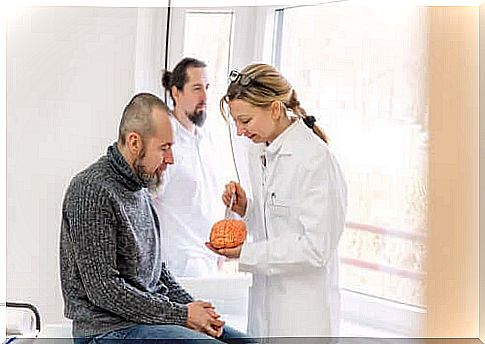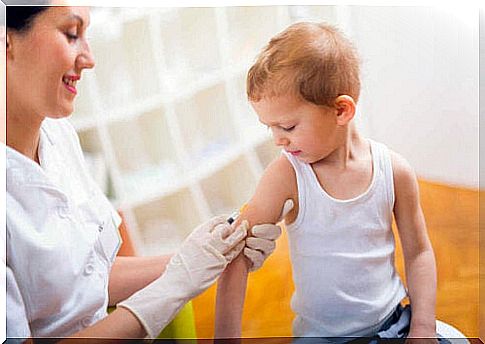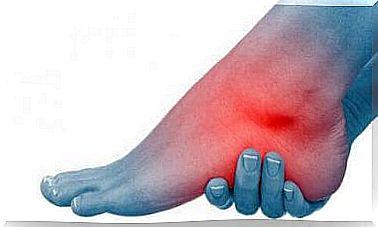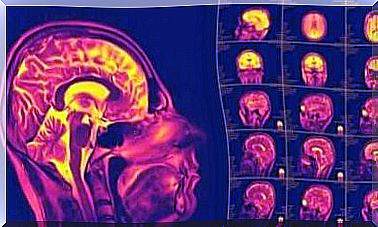World Meningitis Day – A Disease With A Vaccine

World Meningitis Day is April 24th. Recently, in addition to raising awareness of the disease, the focus has been on vaccines to be developed against the disease.
Vaccines developed for meningitis are aimed at preventing the bacterial forms that cause inflammation. However, the spread of immunization is not a recommendation among medical associations that are proposing to increase the vaccine stock.
We need to understand that this is a serious pathology. Meningitis begins in the pituitary glands of the brain, but can progress to sepsis, or sepsis that results in death. The mortality rate for this disease is about 10 percent, which means that ten out of every 100 people with meningitis die.
The sequelae of meningitis also represent significant health risks. As many as 30 percent of children with meningitis experience delays in maturation as well as seizures. Other sequelae of meningitis include loss of some senses, such as sight and hearing.
Vaccines for meningitis are intended to prevent infections caused by Haemophilus influenzae type B, meningococcus and pneumococcus. All of these bacteria are the main causes of the disease. Some countries have included all these vaccinations in their national vaccination program, while in other countries, such as Finland, only some of these vaccinations are part of the national vaccination program.
However, information is also important on World Meningitis Day , because in Europe , for example , according to the Spanish Pediatric Association (Asociación Española de Pediatría), as many as 30% of Spaniards do not know that meningitis can be prevented. Indeed, this misinformation represents challenges to the spread of immunizations.
What is meningitis?
World Meningitis Day is an opportunity to talk about this disease, which, as the name implies, is an inflammation of the meninges. The meninges are made up of layers of tissue that line the brain, separating them from the skull bones and the vertebrae of the spinal cord.
When the meninges become inflamed, they put pressure on other structures in the brain, causing the symptoms associated with the disease. The classic triad of meningitis is fever, headache, and stiff neck. One of the clinical tests in which inflammation may be suspected is to try to move the patient’s neck.
Children under 2 years of age have a more difficult diagnosis. Sometimes meningitis can be suspected if the fever is combined with uncontrollable crying and a certain stiffness occurs in the child’s neck. However, combining these symptoms with a diagnosis of meningitis can take a very valuable amount of time.
In Finland, severe meningitis caused by bacteria is rare and occurs only in about 100 cases a year. Mild viral meningitis is slightly more common. Viruses and bacteria that cause meningitis occur in both healthy and immunocompromised populations. However, the latest large-scale meningococcal meningitis dates back to the epidemic of the 1970s, when the population was vaccinated more against meningococcal meningitis.
According to experts, only the Hib vaccine against Haemophilus influenzae type B, which is part of a reference vaccine for children together with diphtheria, tetanus, pertussis and polio, is needed in Finland’s national vaccine program today .

Causes of meningitis
If reference is made to the contagious causes of meningitis, we need to define three major groups for them: bacteria, viruses, and fungi. World Meningitis Day will focus on these causes. It is bacterial meningitis that can be prevented with vaccines.
There are a total of three bacteria that usually cause most meningitis around the world:
- Meningococcus: The official name of this bacterium is Neisseria meningitidis . It causes meningitis, especially among young people. Infections caused by this bacterium usually arise when talking about epidemics in enclosed spaces or contact-promoting communities such as schools and nursing homes.
- Pneumococcus: Streptococcus pneumoniae is a bacterium that today causes more bacterial meningitis in babies. Pneumococcus is a microorganism that not only causes meningitis, but is also linked to pneumonia and other inflammations that affect the airways.
- Haemophilus influenzae: Following vaccination, this pathogen lost its place as the most common cause of meningitis in children under 2 years of age. This is therefore a clear example of the effectiveness of vaccination campaigns.

Vaccines against meningitis
Vaccinations remain the most effective method of combating infectious diseases. Meningitis is one new witness to this phenomenon.
World Meningitis Day confirms the need to develop different vaccination programs that take all options into account. Vaccines against haemophilus and pneumococcal meningitis should be supplemented by meningococcal vaccines, of which there are currently basically two:
- Conjugated version for ACWY strains
- For serogroup B
In addition, it is important that the population is informed about these vaccines and that parents take care of their children’s vaccinations. The existence of unvaccinated populations serves as a breeding ground for the continuation of bacterial meningitis around the world. Those people who have not been immunized against these bacteria result in a mutation of the microorganisms in their untamed form, allowing them to learn to circumvent the protection provided by vaccines.
World Meningitis Day: against meningitis and misinformation
The campaigns launched on World Meningitis Day are designed to raise awareness of the benefits of vaccines. We have a disease in our hands that is effectively preventable, but which depends on the prevention of medical institutes and the political commitment of countries and communities themselves to provide and maintain the necessary vaccination capacity in the fight against this disease.









